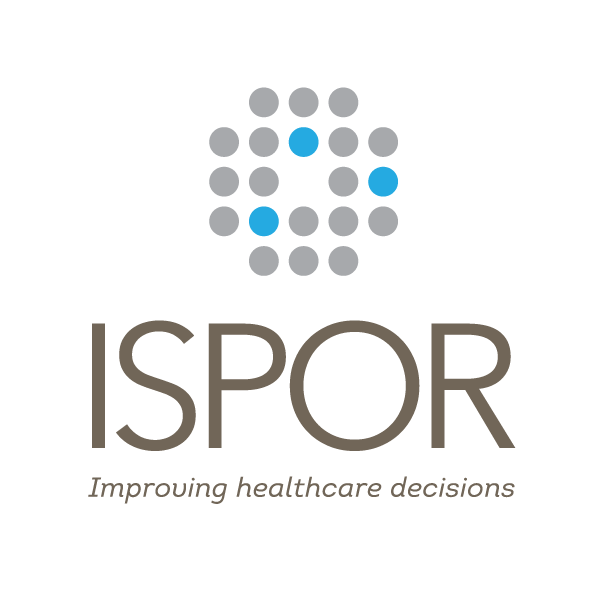Lawrenceville, NJ, USA—February 12, 2019—Value in Health, the official journal of ISPOR—the professional society for health economics and outcomes research, announced today the publication of new research suggesting that there is no standardized method to measure adherence to multiple medications (ie, “multiple medication adherence,” or MMA), nor is there agreement between researchers on how to use a specific existing measure to calculate MMA. The report, “Methods for Measuring Multiple Medication Adherence: A Systematic Review—Report of the ISPOR Medication Adherence and Persistence Special Interest Group,” was published in the February 2019 issue of Value in Health.
A global team of researchers conducted a systematic review of published literature to identify and characterize MMA methods commonly used in research. The 147 studies that met the selection criteria originated from 32 countries and included 13 disease states. With some studies using more than one method from measuring medication adherence, the various MMA methods included self-reported questionnaires (72), proportion of days covered (26), medication possession ratio (23), persistence rates (17), clinical measures (16), time to discontinuation (7), pill counts (6), interviews (5), report of missed doses (4), medication gaps (3), diary entries (2), informant ratings (1) or undefined, unclear or other measures (32). The choice of an appropriate method or a combination of methods was found to depend on the study setting, data source(s), disease type, and the availability of other resources. Only a few studies combined self-reported measures with database measures such as proportion of days covered and medication possession ratio.
“To date, a systematic review of the literature that describes how multiple medication adherence has been measured has not been performed,” said author Priti Pednekar, MPharm, PhD-C, University of the Sciences, Philadelphia, PA, USA. “With the increasing burden of comorbidities and prevalence of polypharmacy, more effort should be directed toward constructing robust measures that can be used to evaluate adherence to complex regimens. Our review also underscores the need for the health economics and outcomes research community to develop a checklist or guidelines with regard to the minimum reporting criteria involving medication adherence studies. A checklist would ensure that a certain minimum quality is met and maintained across all future studies of multiple medication adherence.”
When patients’ medication regimens involve multiple medications (polypharmacy) prescribed for the same or multiple conditions, the challenge of accurately measuring medication adherence is compounded by the complexity that arises from intermixing the dosing and timing schedules of each drug as their combined effects manifest into a single treatment regimen. The prevalence of polypharmacy is increasing as more medications are developed to manage diseases, particularly chronic conditions. More than 30% of the global population has more than 5 acute or chronic conditions requiring multiple medications. As the proportion of people with multiple medical conditions increases, treatment regimens are likely to become more complex with a greater variety of therapeutic and pharmacologic options available.
###
ABOUT ISPOR
ISPOR, the professional society for health economics and outcomes research (HEOR), is an international, multistakeholder, nonprofit dedicated to advancing HEOR excellence to improve decision making for health globally. The Society is the leading source for scientific conferences, peer-reviewed and MEDLINE®-indexed publications, good practices guidance, education, collaboration, and tools/resources in the field.
Web: www.ispor.org | LinkedIn: www.linkedin.com/company/ispororg | Twitter: www.twitter.com/ispororg (@ISPORorg) | YouTube: www.youtube.com/ispororg | Facebook: www.facebook.com/ispororg | Instagram: www.instagram.com/ispororg
ABOUT VALUE IN HEALTH
Value in Health (ISSN 1098-3015) is an international, indexed journal that publishes original research and health policy articles that advance the field of health economics and outcomes research to help healthcare leaders make evidence-based decisions. The journal’s 2017 impact factor score is 5.494. Value in Health is ranked 3rd among 94 journals in healthcare sciences and services, 3rd among 79 journals in health policy and services, and 6th among 353 journals in economics. Value in Health is a monthly publication that circulates to more than 10,000 readers around the world.
Web: www.ispor.org/valueinhealth | Twitter: www.twitter.com/isporjournals (@ISPORjournals)
